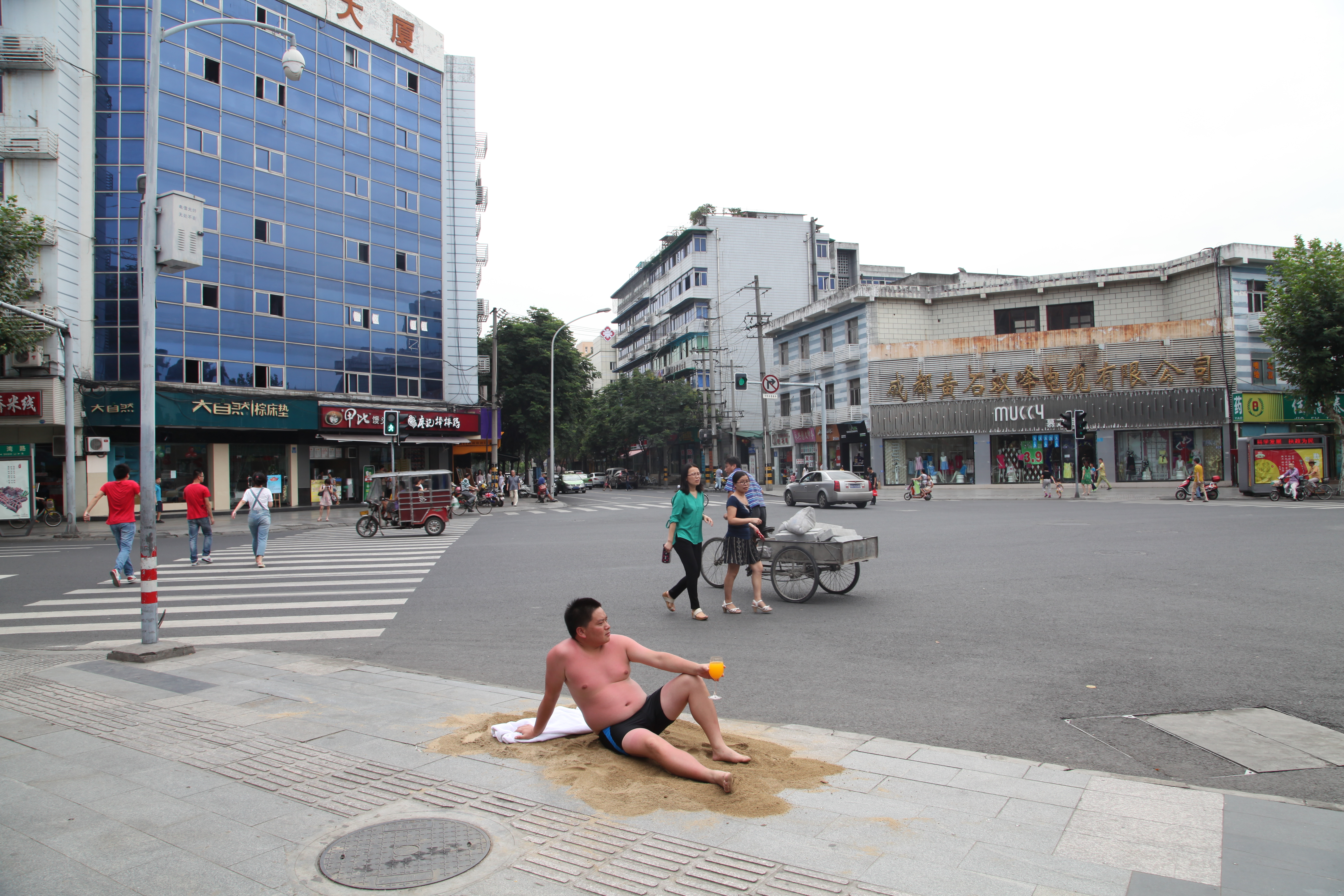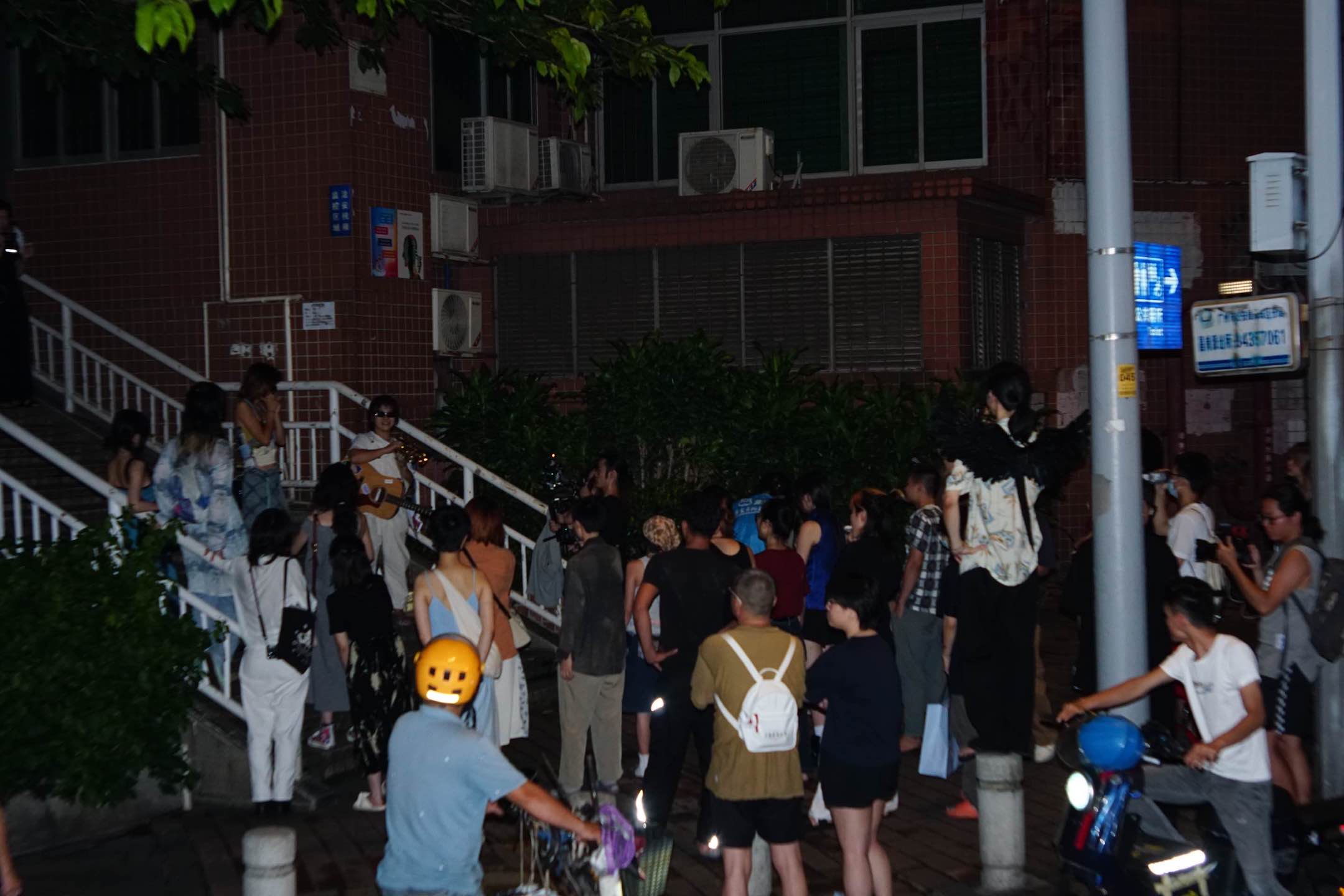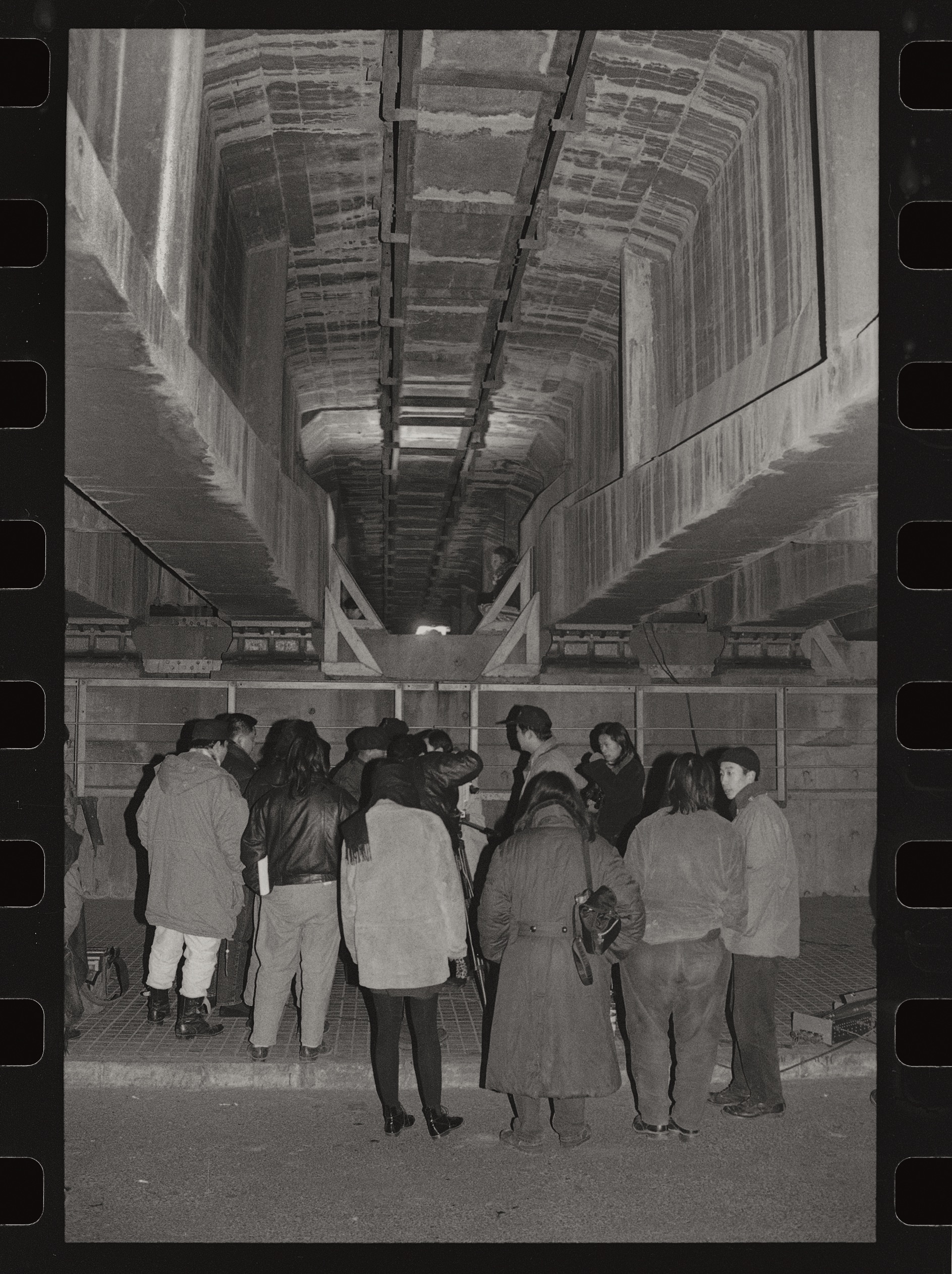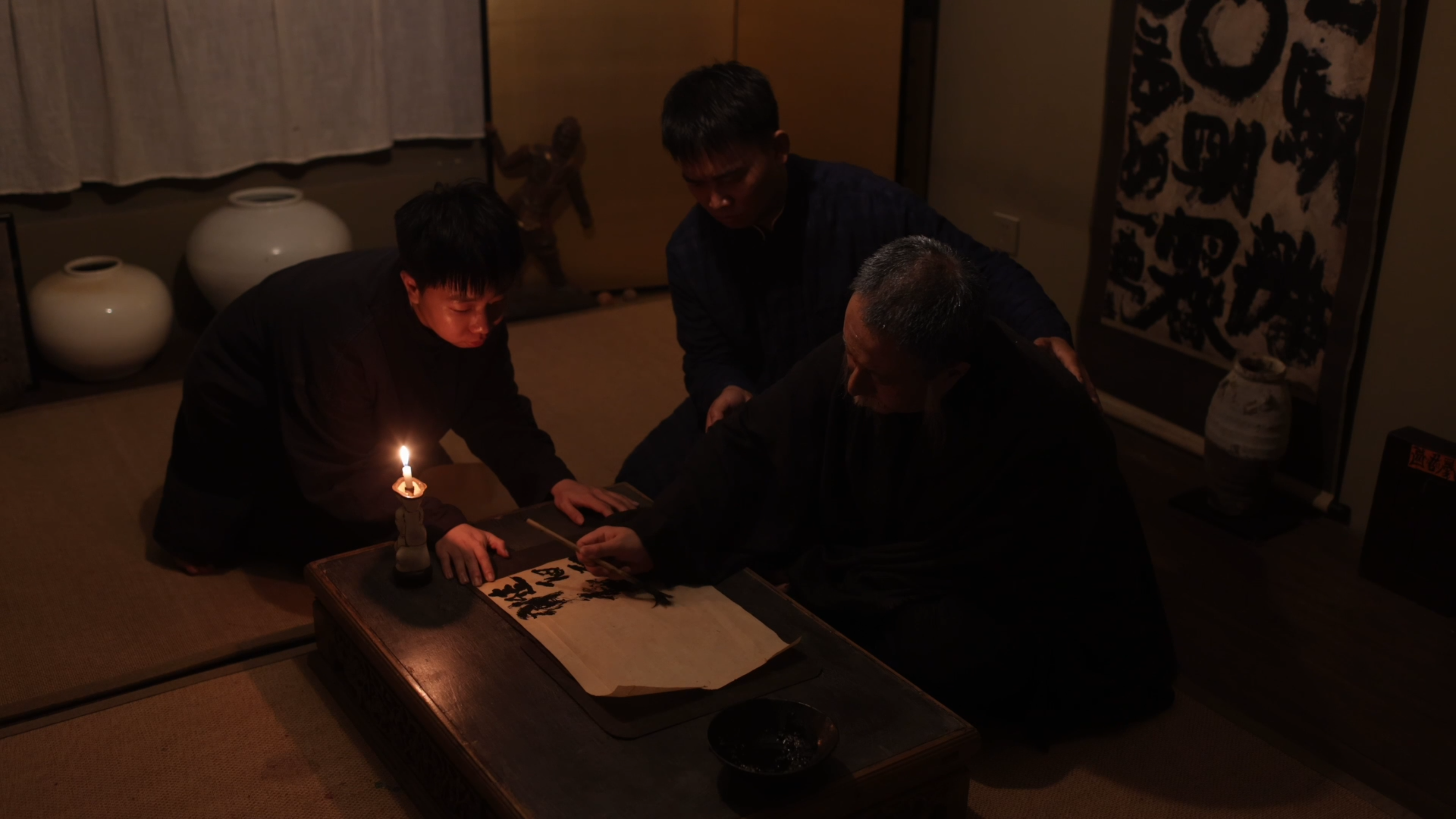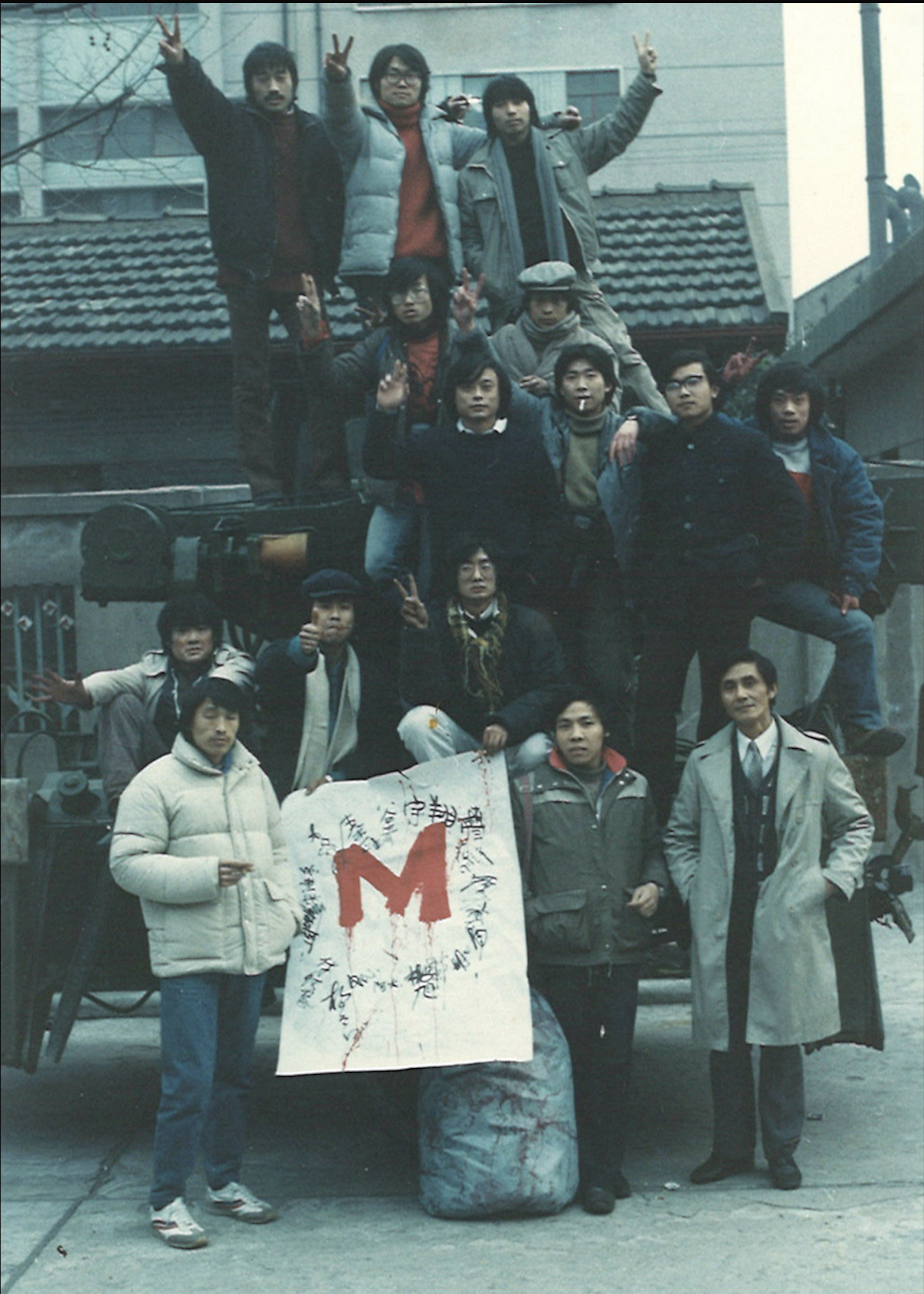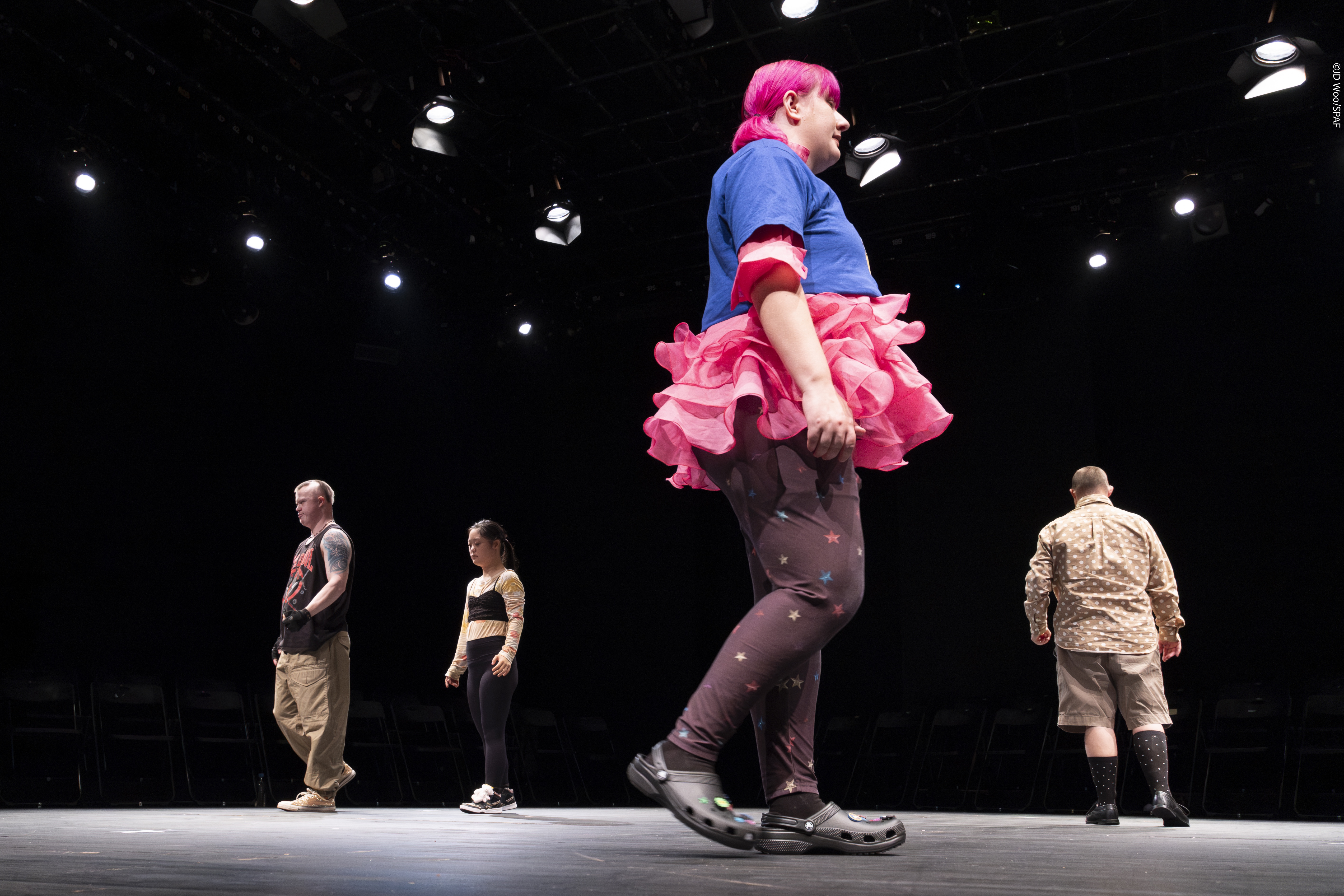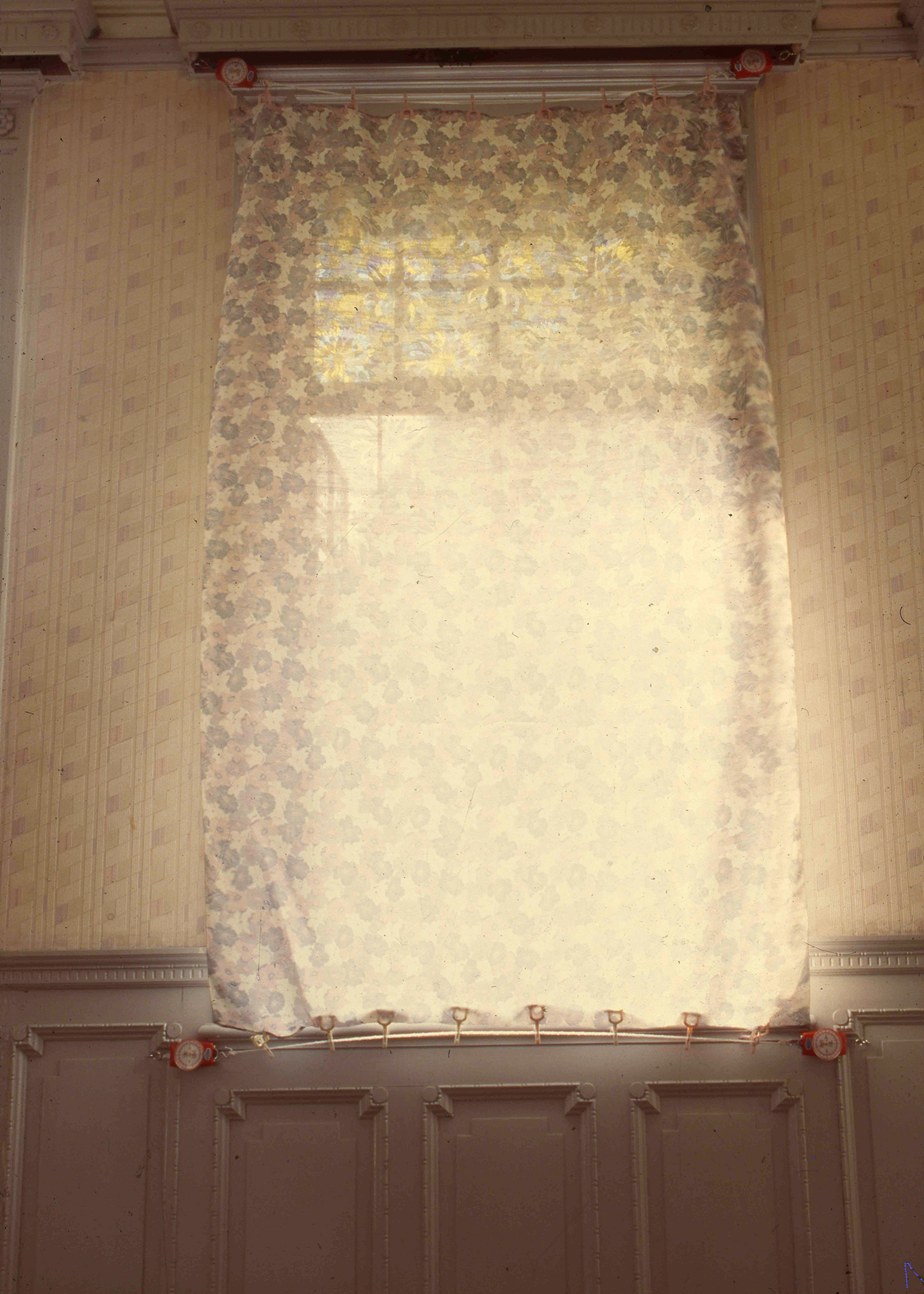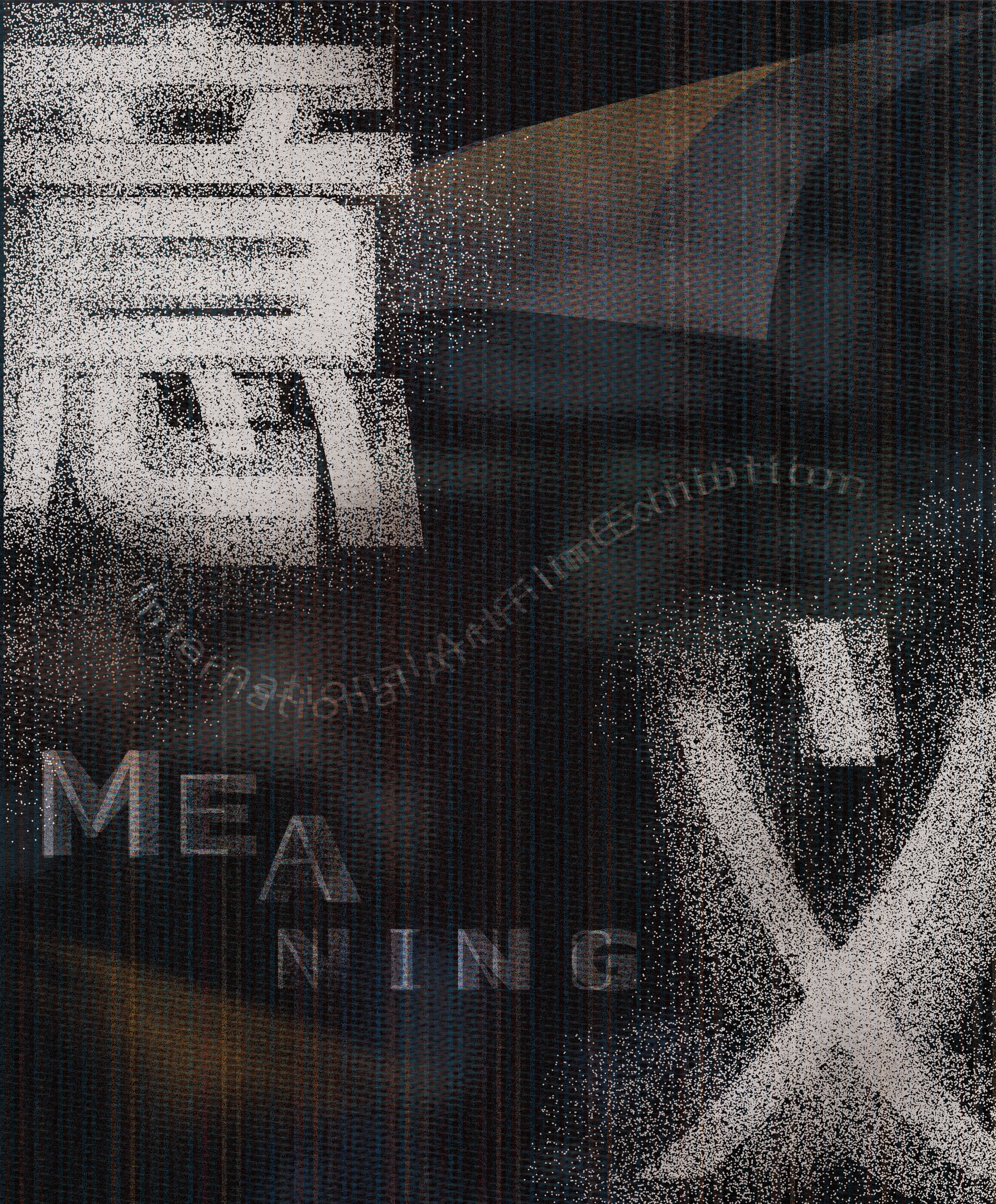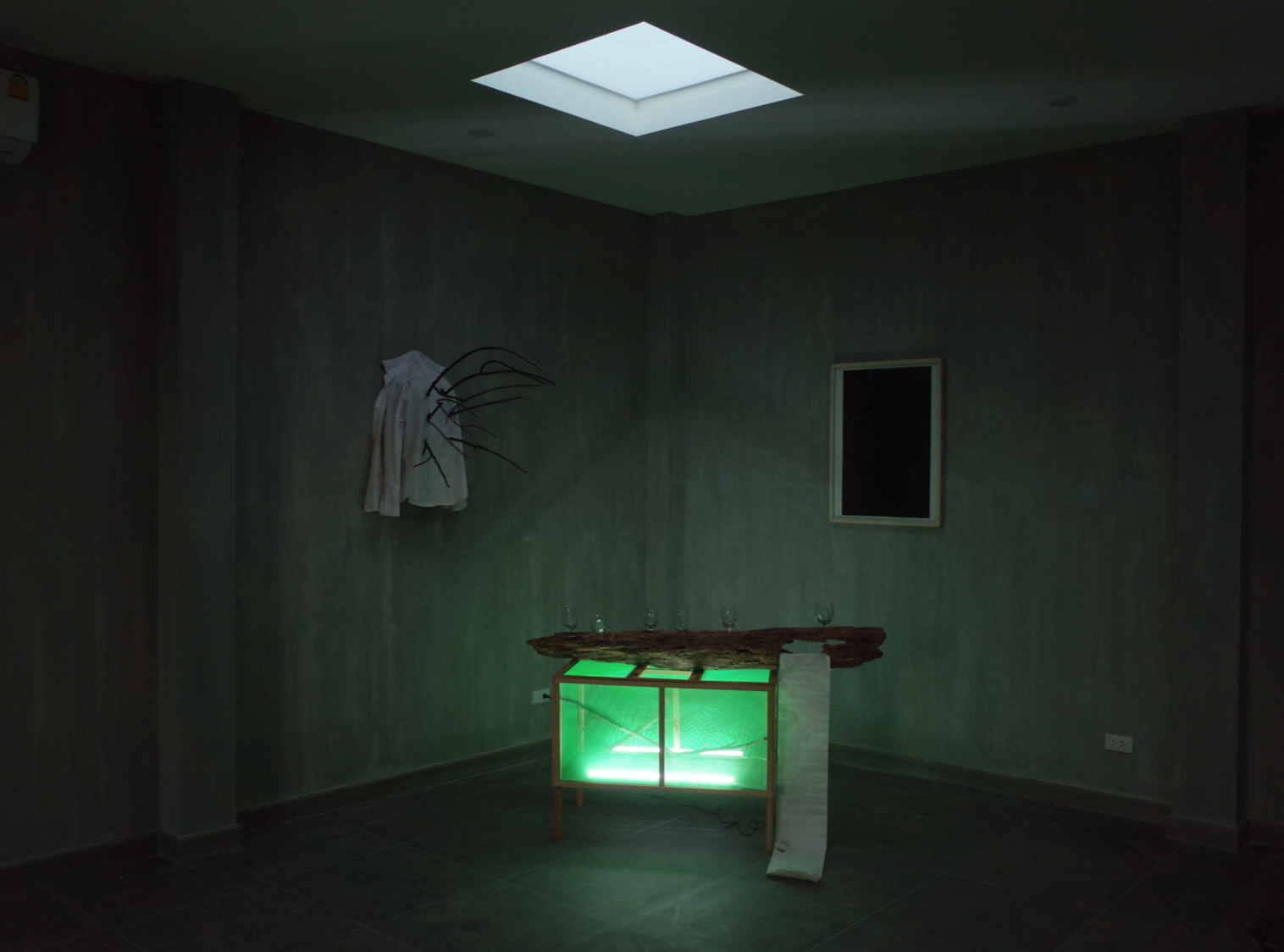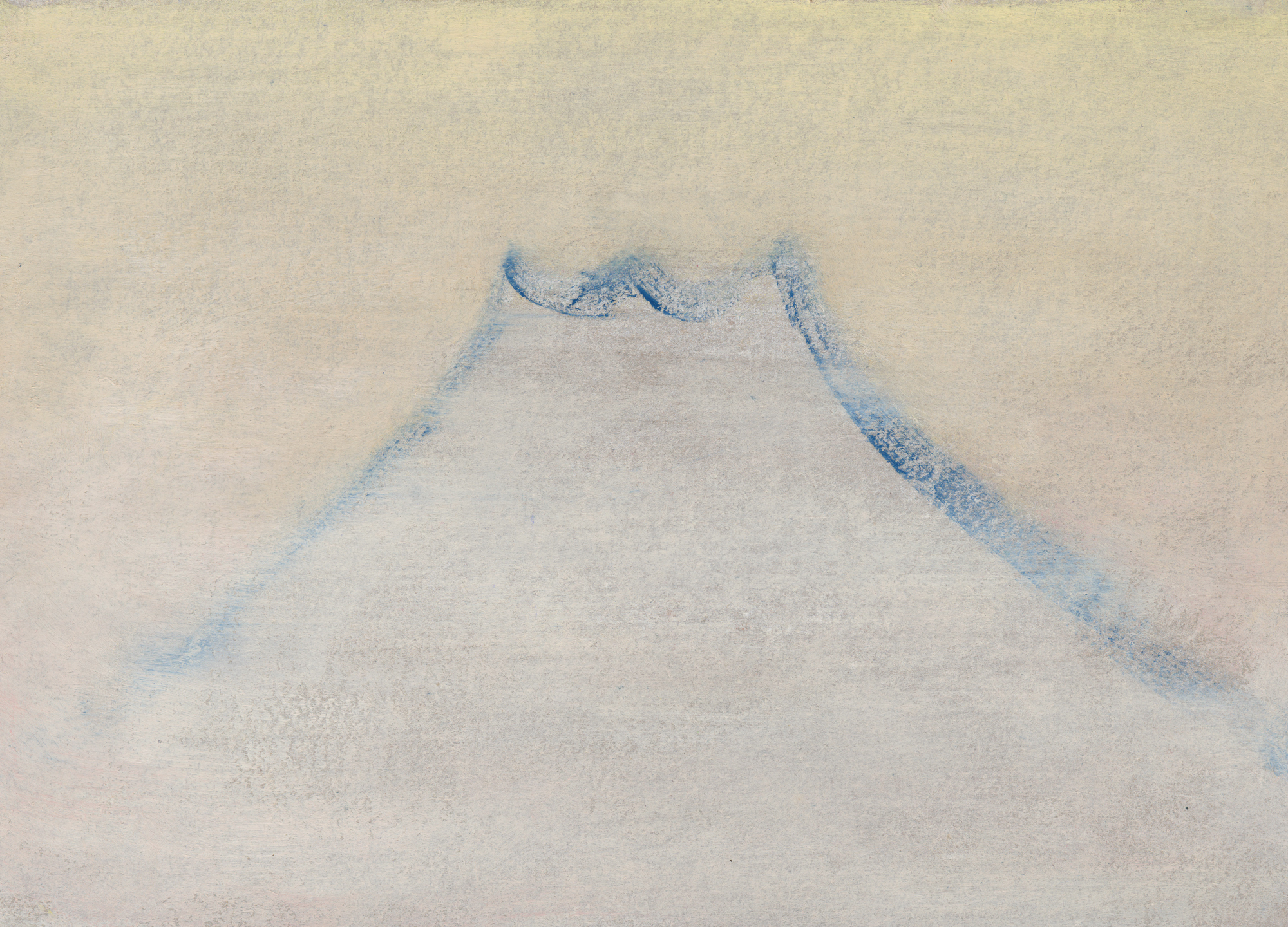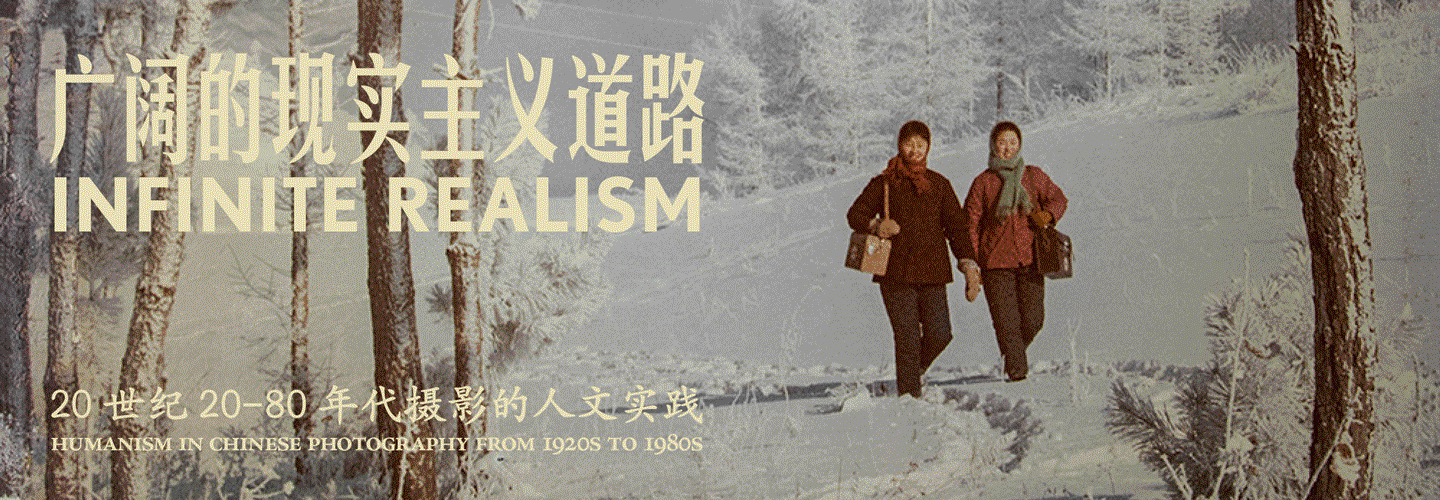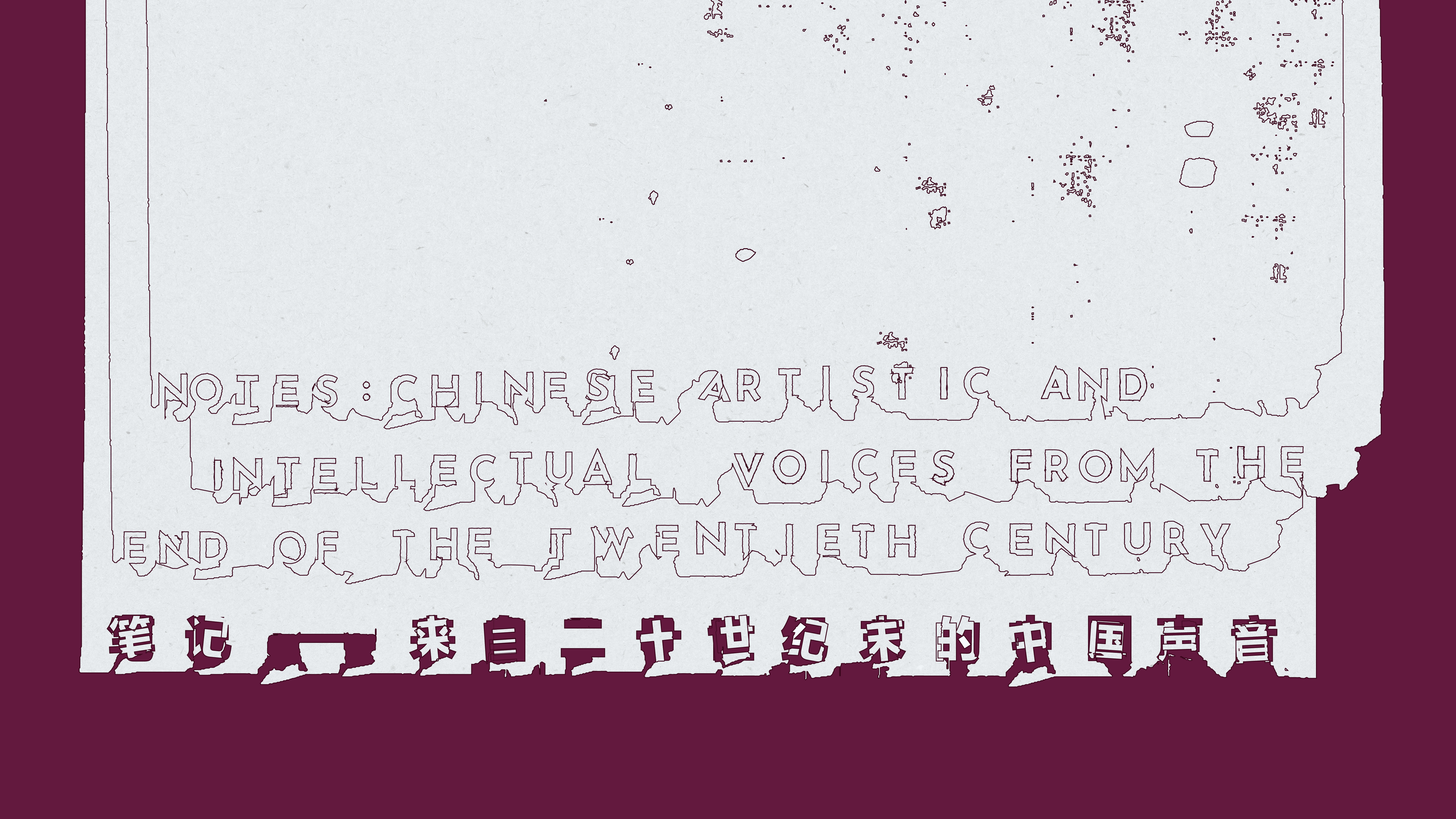September 20, 2024–January 19, 2025
Sector-A, Inside-Out Artist Colony
Beijing 100195
China
Hours: Wednesday–Friday 11am–6pm
Saturday–Sunday 10am–6pm
T +86 10 6273 0230
info@ioam.org.cn
Beijing Inside-Out Art Museum is pleased to present Improvisation, a group exhibition that considers the importance of improvisation in art and life, from actions and performances of the 1980s and 1990s to practices of today. Improvisation is one of the characteristics of art, a method of artistic practice. It emphasizes the unpreparedness, the uncontrollability, actions prompted by external stimuluses or internal impulses, the coming of the moment, instantly, quickly, using all that is at hand to create. Among the unchanging principles of creativity, improvisation is arguably the most closely associated with creativity.
Improvisation is a self-generated and spontaneous process, a self-directed and self-reflective process, with deliberate interruptions, disruptions and overflows, containing unsettling and discordant tensions. Improvisation becomes art in large part by setting specific constraints and arranging the process of creativity itself. Just as art requires improvisation to become original, unique, and coherent, improvisation both contains and transcends constraints. This is essentially creative autonomy. The idea of improvisation as the final form of creativity, which means that change itself and the process of creating itself is creativity, is what we can learn from improvisation.
Improvisation is wary of rules, institutions, dogmas, and thoughts that are overly systematic and even ossified, constantly looking for chances to disrupt sequences and connections. Meanwhile, improvisation, as an integral part of the order, enters into a paradoxical and alienated relationship with the existing order, a form of self-imposed exile. Improvisation is a unique expression of the way artists break away from stable structures, a manifestation of their power of subjectivity. In this sense, improvisation contributes to an intrinsic impetus of art and art history.
In 1992, as China's market economy took off, cultural economy and cultural industry began influencing and regulating the orientation of art and cultural practices. Unprecedented anxiety, depression, and even emptiness occupied the mind of the literary and artistic community. At this time, performance art in the Beijing East Village, which paralleled the rock ‘n’ roll scene in Beijing, was a demonstration of a collective restlessness after a long period of inhibition, and of the awakening of artists' individual consciousness.
From the 1990s to the present, industrialization and capitalization of art have become a dominant trend in the art world. Various elements, including forms, concepts, ideas, institutions, issues, etc., once emerged at different times to solve the problem of ossification in art, have gradually been reduced to self-constraints, lacking the flexibility and agility to address specific issues, and the initiative to make spontaneous adjustments accordingly. This makes us realize that the urgency of talking about creativity today. The aim lies in awakening the vitality of art itself to fight against its atrophy.
We call for improvisation as a creative consciousness. Improvisation offers us a perspective to understand the world, exploring the infinite vitality raised from sporadic, unexpected, nomadic, chaotic, and unpredictable forms of organization. Improvisation is not merely one of the values of art, but can also be regarded as a value of life. One might even say that improvisation is a way of creating the world. As a way of thinking, it allows us to remain acutely aware of changes, rather than being fearful or flinching. Anything unexpected, whether it be natural catastrophe, war, or pandemic, can throw us into unprecedented chaos, which, however, may be necessary for the development of life. And at this point, improvisation can probably be a more proactive response compared to passive coping. Improvisation is both an acquirable ability and a way of being of the world. It keeps the universe from falling into an inert equilibrium, and the society from ending up dull and boring. In this sense, improvisation represents the awakening of individual consciousness. And the will towards improvisation is something we must not carelessly discard.
Artists and groups: Cang Xin, Chen Liang, Chen Zhou, Ergao (He Qiwo), Gao Fu, He Liping, He Ruijun, Hu Yiyao, Liu Zhan, Luo Lin, M Art Group, Ma Liuming, Pak Sheung Chuen, Peng Xueying, Rong Rong, The Cement Park, Song Xiaohong, Song Dong, Vunkwan Tam, Tong Tianqing, Wang Shihua, Wang Sishun, Yorkson, Zhang Huan, Zhang Wei, Zhang Zhihui, Zhong Yunshu, Zhou Bin, Zhu Fadong, Zuoxiao Zuzhou
